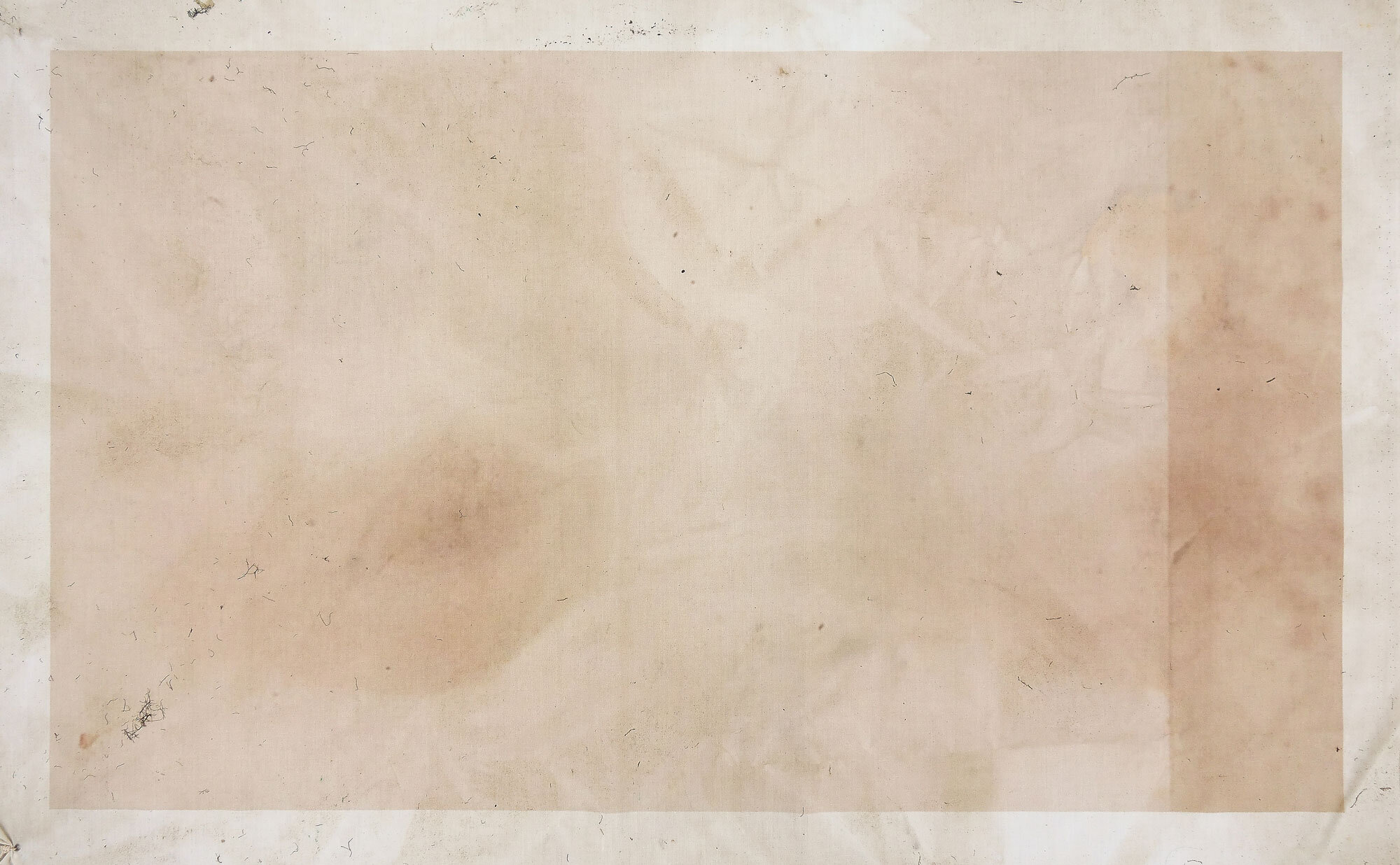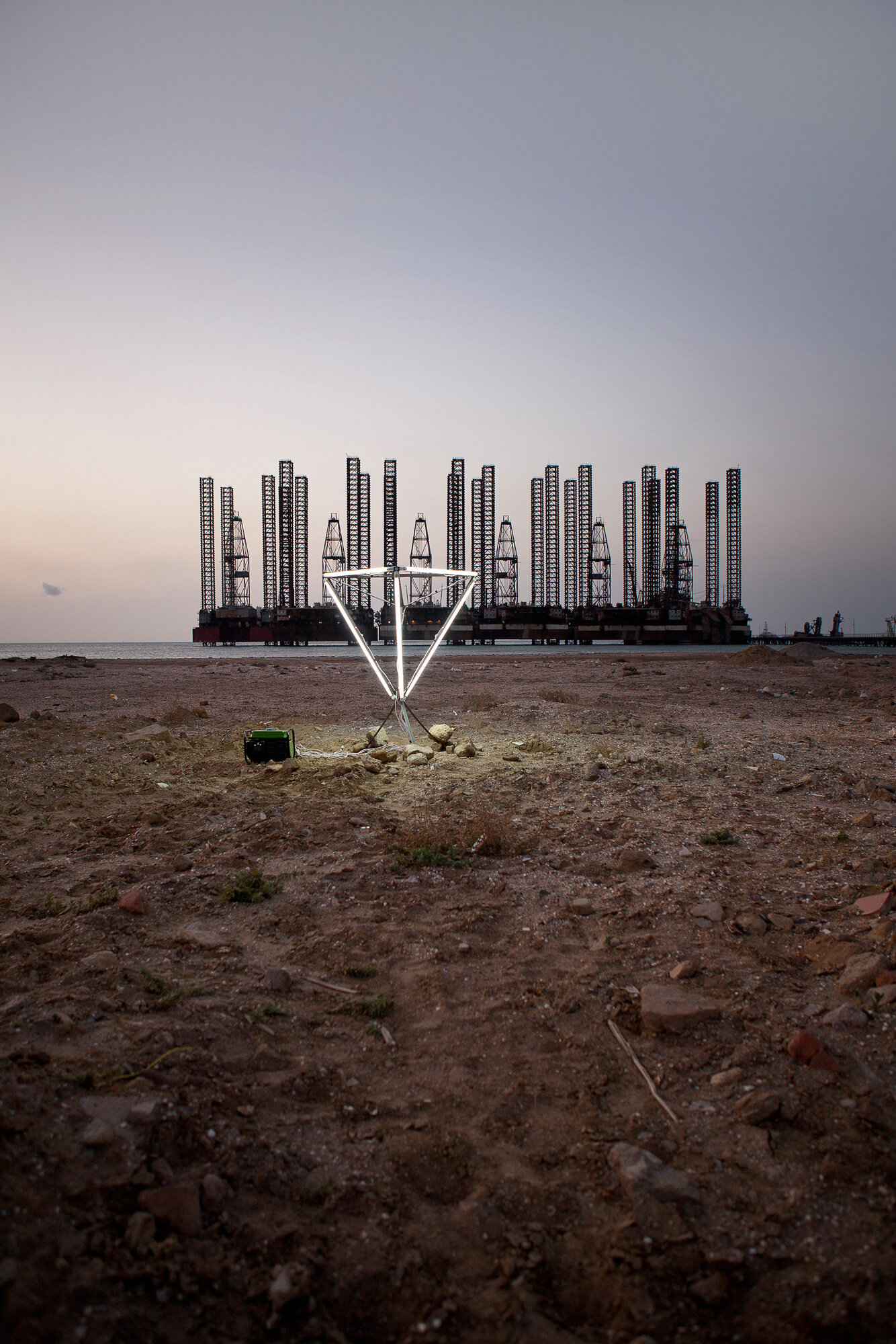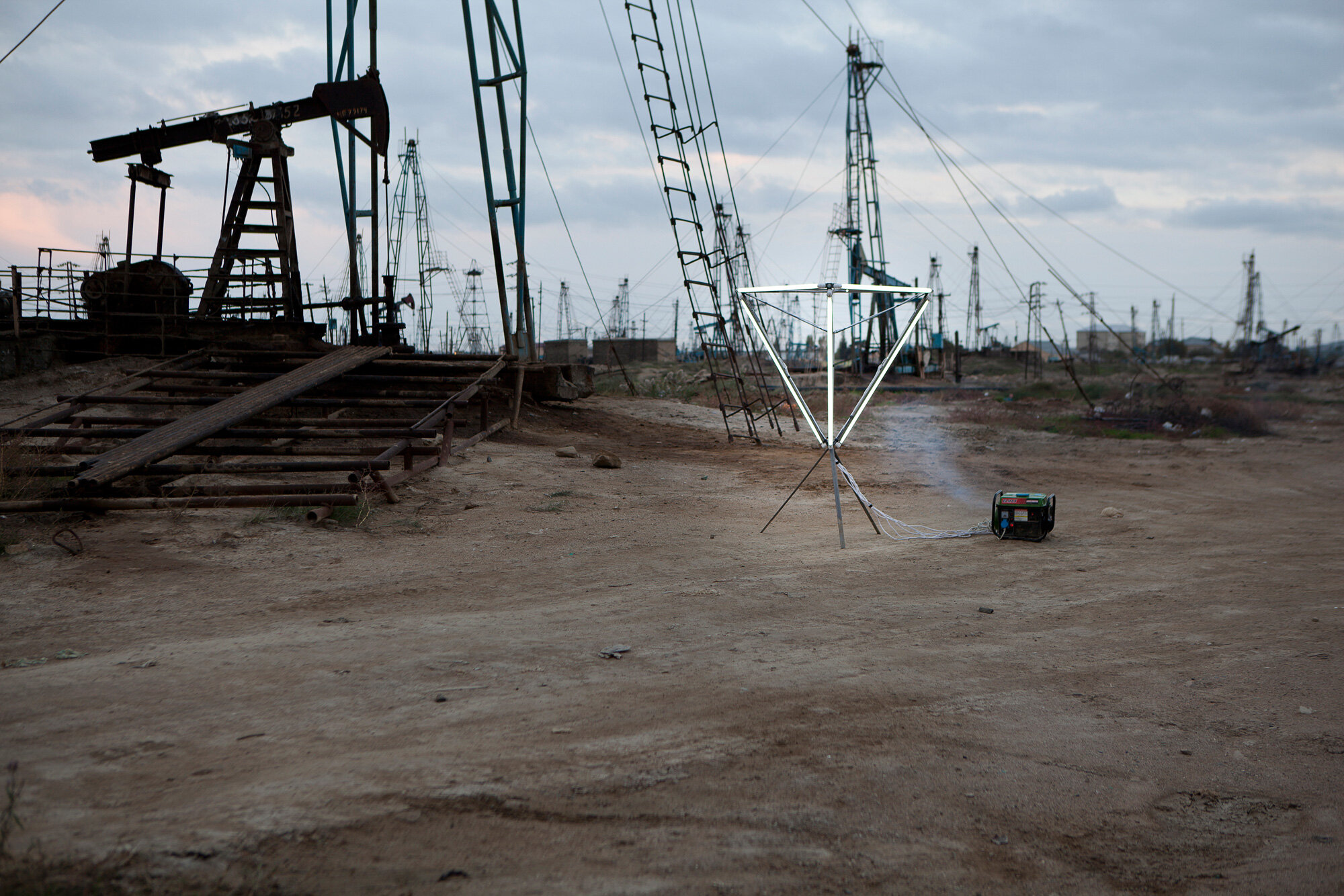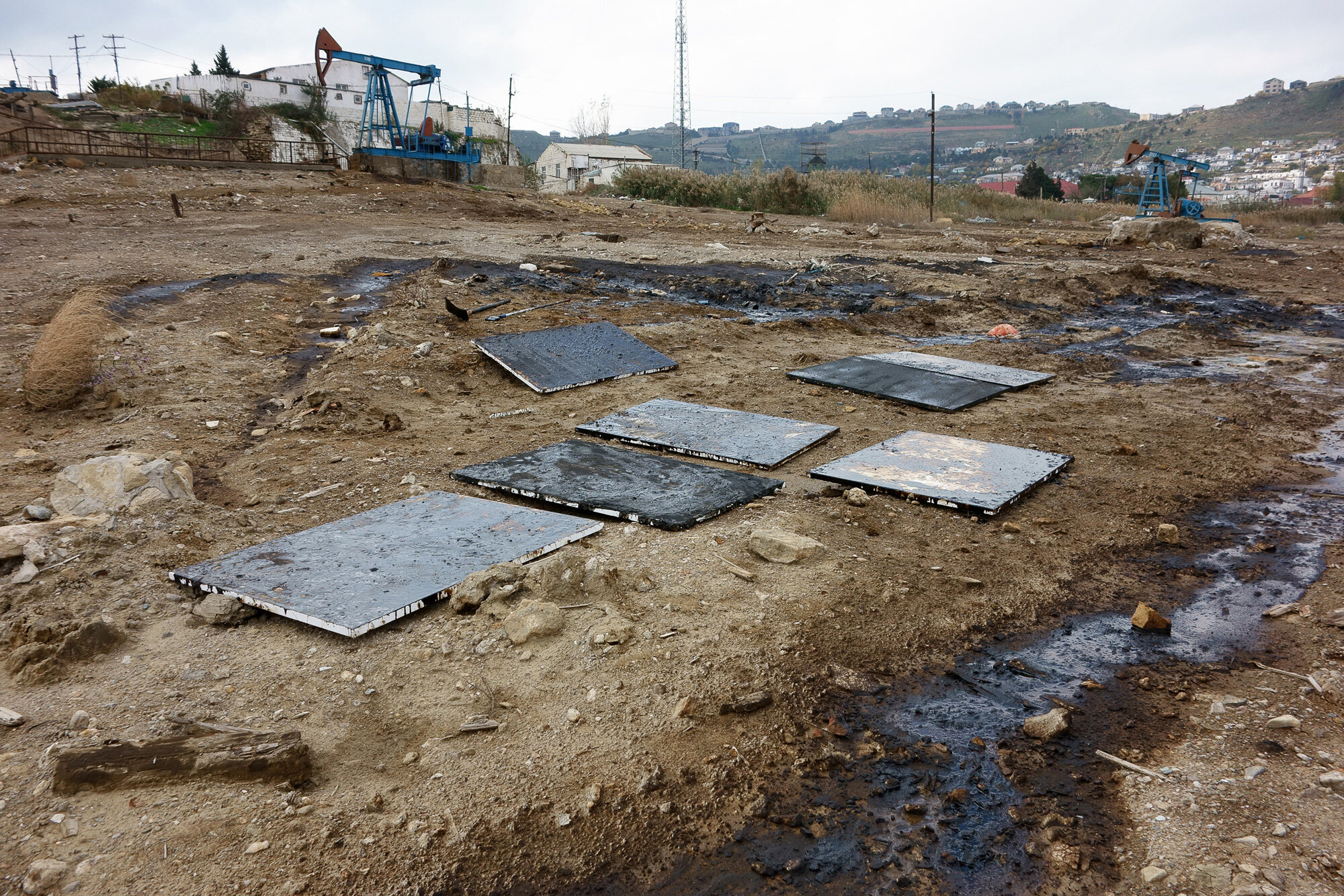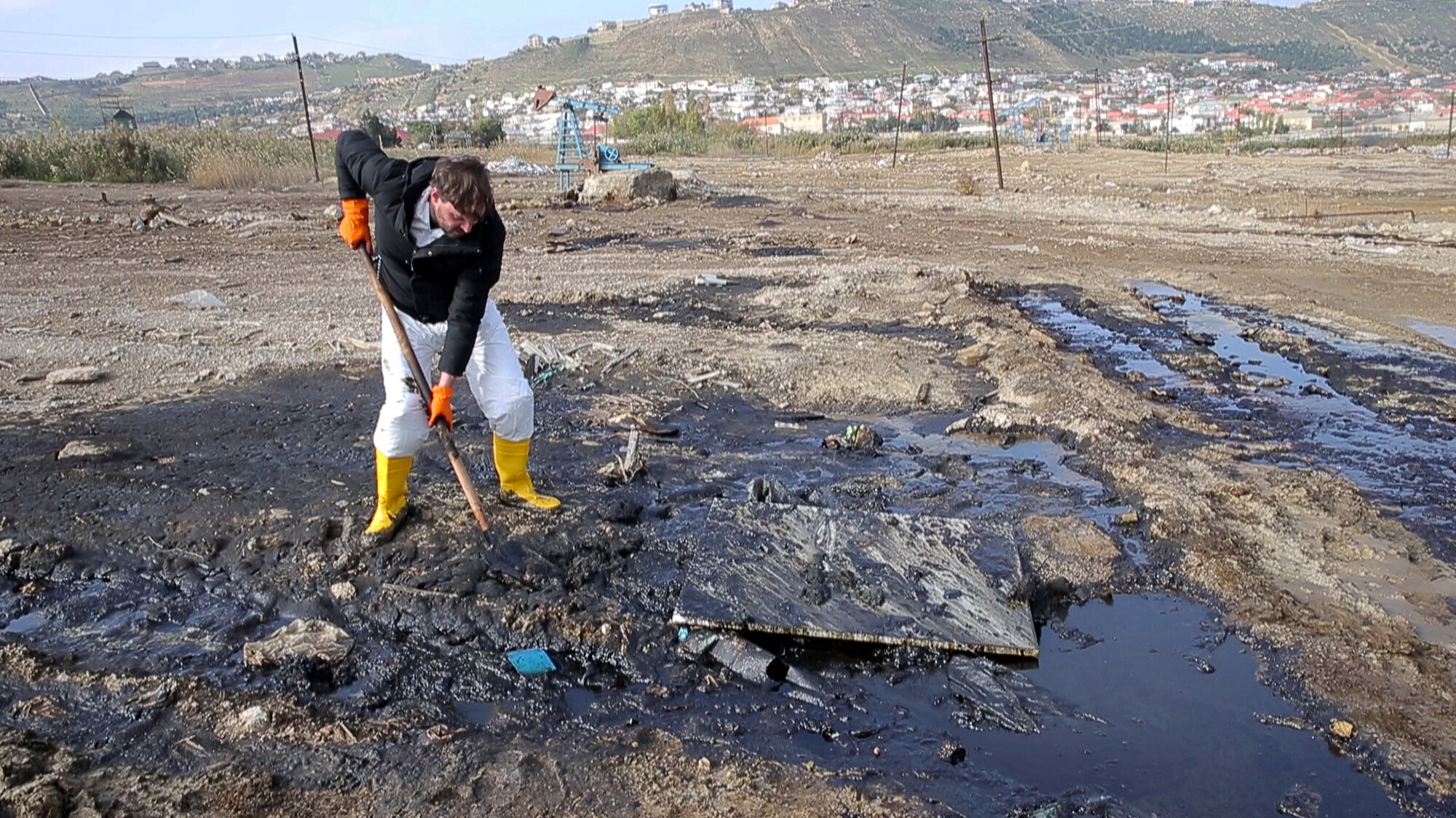Michael Hirschbichler
Michael Hirschbichler studied architecture at ETH Zurich and philosophy at Humboldt Universität zu Berlin and completed his doctoral dissertation on “Mythical Constructions” at Berlin University of the Arts (UdK). He lived and worked in various countries, such as the United States, Switzerland, Papua New Guinea, Italy, Azerbaijan and France and is currently based in Zurich and Munich. With a background in architecture and anthropology, he conceives of his artistic practice as a form of spatial anthropology. Moving between research and speculative interpretation and employing a wide range of media, he explores how cultural, social, political, religious and scientific narratives, mythologies and ideologies materialize and shape the spaces we live in.
Michael Hirschbichler taught at ETH Zurich and HSLU Lucerne and directed the Architecture Program at the Papua New Guinea University of Technology. His book “Mythical Constructions” is forthcoming with Wasmuth & Zohlen, Berlin, and his writings were published, among others, in ETH Zurich yearbook, trans magazine, MAS Context, Plat Journal, Horizonte Zeitschrift für Architekturdiskurs, archithese, PIN-UP Magazine, MONU, Generalist and Arch+. Michael was awarded residencies at the German Academy Villa Massimo in Rome, YARAT Contemporary Art Space in Baku, the Cité internationale des arts in Paris, Villa Kamogawa (Goethe Institut) in Kyoto and SACO (Goethe Institut and Institut Français) in Antofagasta, and he is the recipient of the Hans Hollein Fellowship 2020. His work has been exhibited internationally in venues such as Kunstmuseum Wolfsburg, Yarat Contemporary Art Space Baku, BINZ39 Foundation Zurich, artQ13 Rome, House of Architecture Graz, Martin Gropius Bau Berlin and Helmhaus Zurich.
Practice Statement
With a background in architecture and anthropology I investigate the material-narrative nexus of diverse spatial situations. Employing a research-based approach, I try to uncover the myths, phantoms and phantasmas – the spirits, ghosts or specters of formerly existing persons or species, the mental images and sociocultural concepts, the memories of the past and anticipations of possible futures – that populate and shape places and landscapes. In the process of such a phantasmography or spatial mythography, facts and fictions are put into a critical interplay, thus transforming existing situations and opening up other possible views and understandings.

